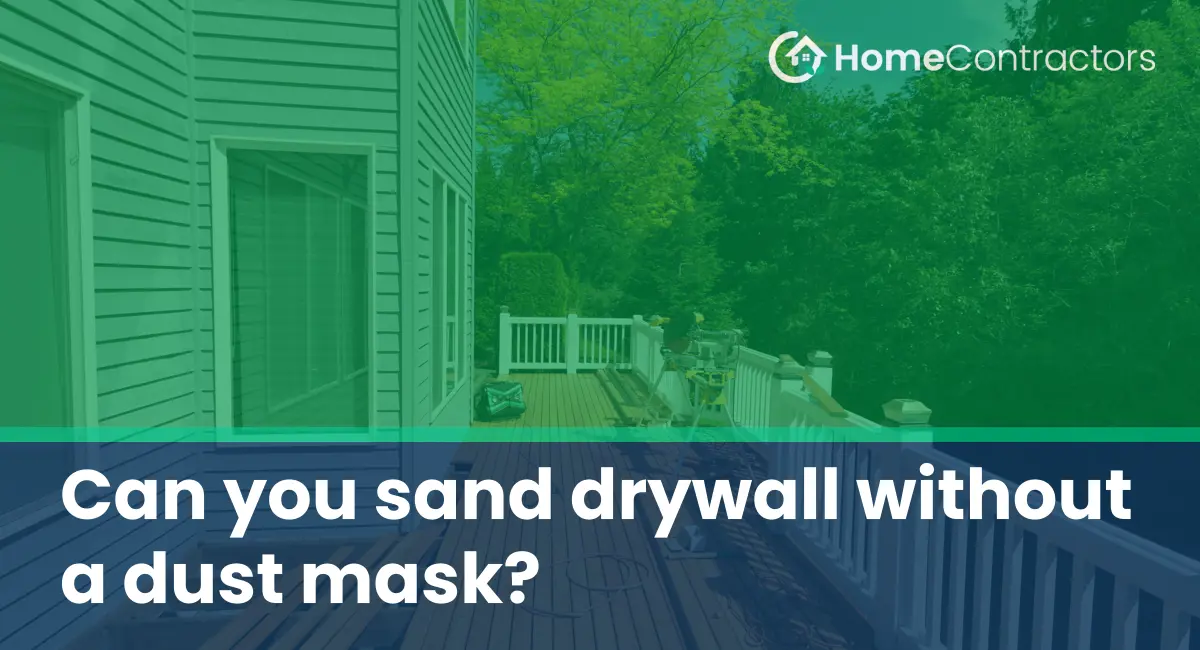A dust mask acts as a physical barrier between your respiratory system and the harmful particles released during drywall sanding. It is designed to filter out airborne particles, preventing them from entering your nose and mouth. By wearing a dust mask, you greatly reduce the risk of inhaling drywall dust and the associated health hazards.
Types of Dust Masks
There are several types of dust masks available, ranging from basic disposable masks to more advanced respirators. The choice of mask depends on the level of protection required and the duration of the sanding task. Here are some common types of dust masks:
- Disposable Masks: These are the most basic and affordable option for occasional drywall sanding. They are typically made of paper or cloth and provide a basic level of protection against larger particles. However, they may not be as effective in filtering out smaller particles and might need to be replaced frequently.
- N95 Masks: Known for their superior filtration capabilities, N95 masks are highly recommended for prolonged drywall sanding projects. They can effectively filter out 95% of airborne particles, including most drywall dust. N95 masks often have a comfortable fit and an adjustable nosepiece for added comfort.
- Powered Air-Purifying Respirators (PAPRs): These respirators are more advanced and typically used in professional settings or for individuals who frequently engage in drywall sanding. PAPRs have a motorized unit that actively filters the air and delivers it to the user’s face through a hood or helmet. They provide a higher level of protection against fine particles and are suitable for longer-term use.
The Importance of Proper Technique and Cleanup
While wearing a dust mask is crucial, it is equally important to adopt proper sanding techniques and cleanup procedures to minimize the spread of drywall dust. Here are a few tips to keep in mind:
- Use a vacuum sander or sanding pole with a built-in dust collection system. These tools help capture and contain the majority of dust as you sand, reducing the amount that becomes airborne.
- Wet sanding can also be an effective method to minimize dust production. Spraying water on the surface and using a damp sponge or sandpaper can help keep the dust particles from becoming airborne.
- Regularly clean and dispose of dust-contaminated materials, such as sanding pads and drop cloths, to prevent the dust from spreading throughout the house.
Sanding drywall without wearing a dust mask can pose significant health risks due to the inhalation of hazardous particles. By wearing a dust mask, you can protect yourself from respiratory problems and long-term health issues. Choose a mask suitable for the task, adopt proper sanding techniques, and follow effective cleanup procedures to ensure a safe and healthy environment during your drywall sanding projects.
